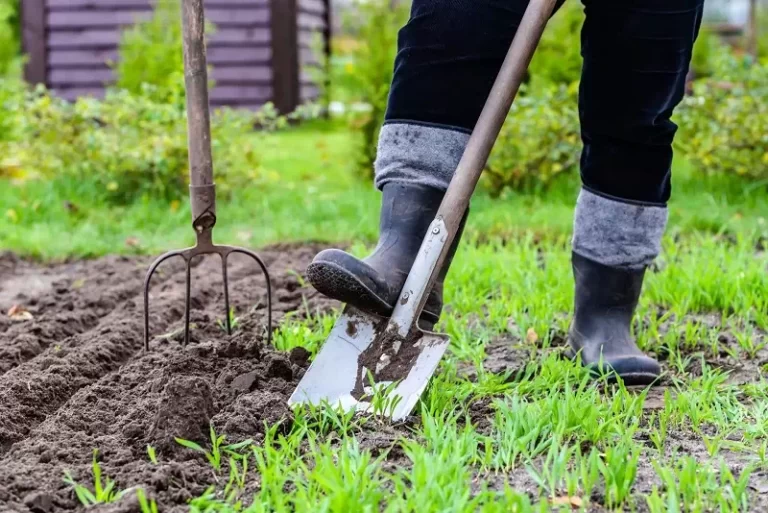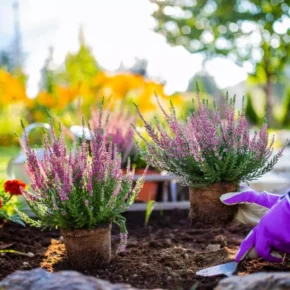Autumn is an important period in gardening, when you should take care of preparing the soil for winter, so that the next season the plants get the maximum benefit from the favorable conditions.
Properly prepared soil will help retain moisture, nutrients and prevent the spread of pests and diseases.
1. Cleaning the area from plant residues

The first step in preparing the soil for winter is to thoroughly clean the garden of plant debris such as leaves, stems and fruits. Remaining plant residues can become a source of spread of diseases and pests.
- What to do?
- Remove all plant debris and weeds from the soil.
- If the plants are not sick, they can be used for compost.
- It is better to burn or dispose of diseased plants to prevent the spread of disease.
2. Deep digging of the soil

Digging up the soil in autumn has many advantages. This allows aeration of the soil, destroys dense lumps and helps the penetration of moisture and air into deeper layers. In addition, digging helps to destroy pests and their larvae, which hide for the winter in the ground.
- How to dig properly?
- Dig the ground to the depth of a shovel (about 20-30 cm).
- When digging, it is not necessary to crush large lumps – they will retain moisture better and prevent the soil from compacting during frosts.
3. Addition of organic fertilizers

Autumn is the perfect time to apply organic fertilizers such as manure, compost, and peat. They will help improve the structure of the soil, enrich it with nutrients and prepare it for spring plant growth.
- What to use?
- Compost is the most popular organic fertilizer that enriches the soil with humus.
- Manure is good for heavy, clay soils as it makes them looser.
- Peat helps retain moisture in sandy soils.
4. Soil liming

Liming of the soil is necessary to reduce acidity, which improves the assimilation of nutrients by plants. This procedure is suitable for acidic soils and is carried out once every few years.
- How and when to lime?
- Apply lime in autumn after digging.
- Liming is carried out once every 3-4 years, depending on the level of soil acidity.
5. Sowing siderates

Siderates are special plants that are planted to improve soil structure and fertility. In autumn, after harvesting, you can sow plants such as lupine, mustard or phacelia. They enrich the soil with nitrogen, loosen it and prevent erosion.
- Which siderates to choose?
- White mustard – grows quickly and suppresses the growth of weeds.
- Lupine will enrich the soil with nitrogen and improve its structure.
- Oats are ideal for heavy soils.
6. Mulching

Mulching is the process of covering the soil with organic materials (straw, leaves, peat), which helps conserve moisture, protects plants from freezing, and enriches the soil with useful substances.
- How to mulch correctly?
- Apply a layer of mulch 5-10 cm thick on the prepared soil.
- You can use straw, leaves, sawdust or coniferous litter for mulching.
7. Planning for the next season
The last step in preparing the garden for winter is planning the next year’s plantings. It is important to follow the rules of crop rotation to avoid soil depletion and reduce the risk of diseases. Autumn is the perfect time to analyze the results of the previous season and make adjustments to the plan for future gardening.
- What to consider during planning?
- Crop rotation: Do not plant the same plants in the same place every year.
- Consider each plant’s needs for light, moisture, and nutrients.
Preparing the soil in autumn is an important stage of garden care, which helps to improve its fertility and protect it from winter troubles. Cleaning the area, digging, adding organic fertilizers, sowing siderates and mulching – all this will contribute to the healthy development of plants next season. It is also important to plan your plantings in advance to get a rich harvest and keep the soil in good condition.















